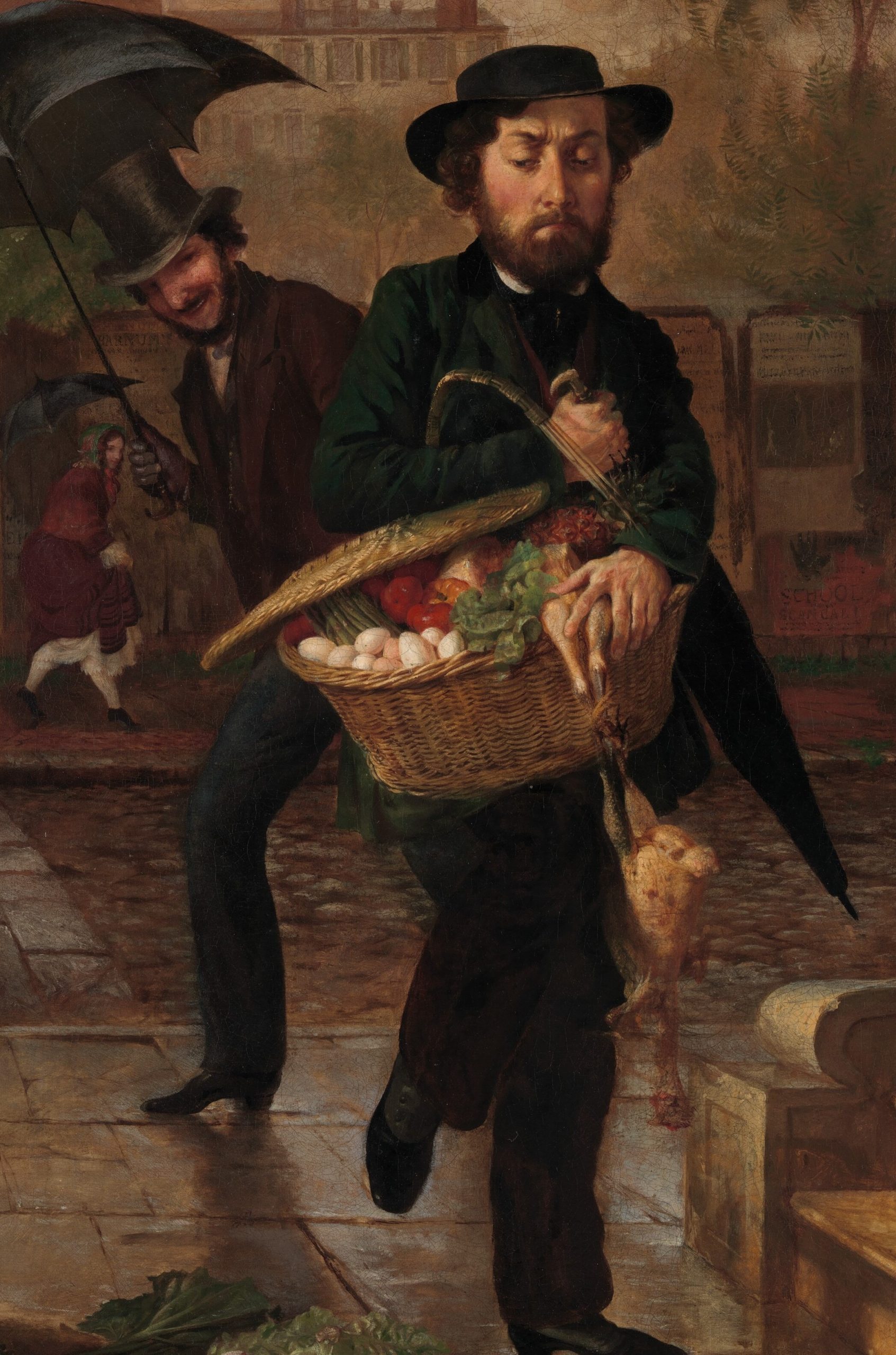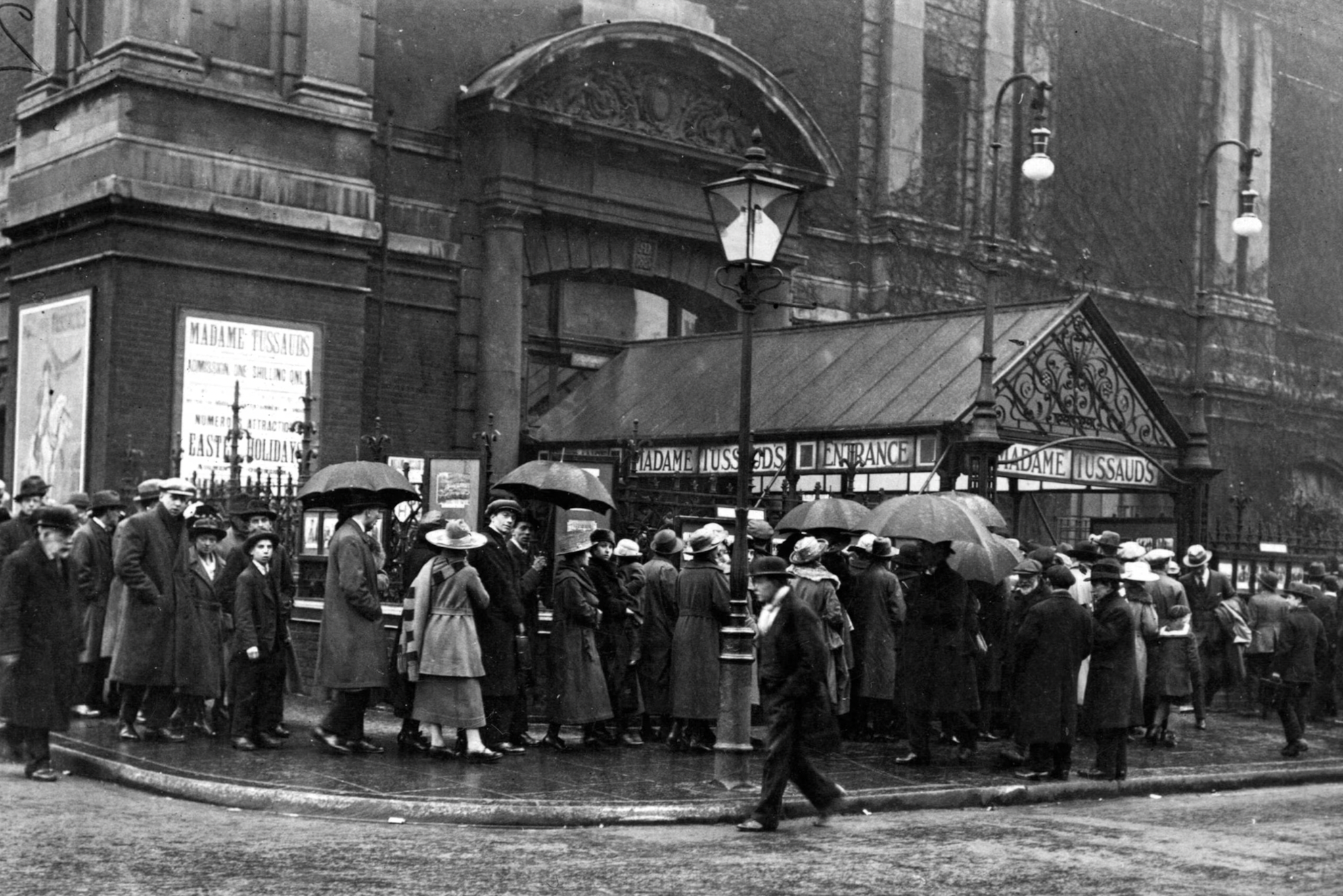Giving into cravings and impulses no longer comes at a steep cost — not for the urban consumer at least.
If you grew up in urban India in the 1990s and 2000s, fast food was an infrequent indulgence — meant for special occasions like birthdays, to be savoured and remembered until the next visit to your local McDonald’s or Pizza Hut. Its allure lay in a number of things, many of which extended beyond the menus themselves: the promise of generously oozing cheese and fizzy soda was matched by distinct offerings like Happy Meal toys, treasured for years. Another offering that enabled a brand to set itself apart was Dominos’ audacious commitment to deliver pizza in 30 minutes or less. In retrospect, it was this quick-service giant that gave Indians their first taste of speedy convenience, for which they could hold the brand accountable.
Almost three decades on, Dominos is attempting to outdo itself by bringing down delivery time to 10 minutes. This is made possible through its partnership with Bolt, Swiggy’s six-month-young service designed to drop off meals from restaurants within a customer’s two-kilometre radius. To optimise for Bolt, which was introduced on the eve of its initial public offer, Swiggy has tied up with restaurants that can offer quick turnaround times.
In the duration between Bolt’s launch and Dominos’ venture into quicker delivery, a number of players have entered the segment and thrived in it. Notably, many players’ entries are timed to their IPOs. Zepto’s ‘Cafe’ brings the ‘chai tapri’ experience home in ten minutes, with beverages like tea and coffee along with snacks. In late February, Zepto Cafe surpassed the 1,00,000 daily order mark. Cloud kitchen unicorn Rebel Foods, which operates brands like Faasos, Behrouz Biryani and Oven Story Pizza, launched a 15-minute-or-free food delivery app called QuickiES in February 2025. With USD 773 million raised in total funding thus far, QuickiES remains a pilot project catering to select Mumbai neighbourhoods.
(L-R) Young Husband: First Marketing by Lilly Martin Spencer, The Met; Krishna asks for sweets, from a Sursagar of Surdas (Indian, c. 1480–1580), The Cleveland Museum of Art. Cravings and clever persuasion an age-old drive — once met with stories, now fulfilled through speed and scale.
Thanks to these players, in addition to a growing list featuring Blinkit’s Bistro, Ola Dash, and Magicpin, the urban Indian has never been more spoiled for choice; even the craving for easy fixes like a piping hot bowl of instant noodles at midnight — whose preparation calls for five minutes of cook time — no longer requires one to move a muscle.
Yet it would be wrong to label this consumer as uncritical or unthinking, because not all aspects of the quick-service world are wholeheartedly embraced. When Swish, a Bengaluru-based startup which has raised USD 14 million in a Series A funding round, arrived on the scene, it presented its 10-minute delivery as a solution for food orders delayed owing to traffic congestion. Critics soon highlighted their concerns about the quality and freshness of the food the company may deliver, the pressure it may put on delivery partners, and whether 10-minute deliveries are practical or even necessary. Consumers are also experiencing and speaking up about the unseen impact of “dark patterns” — design tactics like hidden charges added during checkouts, or false urgency about products or discounts — which urge the consumer to make choices they otherwise wouldn’t.
Is the average user of quick delivery apps today, the child or the teenager who once grew up eating Dominos pizza? “I’m confident that urban millennials no longer consider eating out a taboo compared to previous generations,” says behavioural researcher Dharmesh BA, “I believe the dissolution of traditional gender roles and more women entering the workforce is one of the primary reasons for this shift… At its core, higher disposable income and moving away from the traditional ‘save money at all costs’ mindset have given rise to this behaviour, which is unique to urban millennials.” Dharmesh, who currently builds AI agents for Indian businesses, adds that these trends are trickling down to some extent to Tier 1 and Tier 2 cities.
Convenience and the satisfaction of impulses are key to the success of the Quick Service Restaurant segment in India. The behavioural researcher likens the prioritisation of convenience to people flocking to reliable neighbourhood paratha stalls and Udupi restaurants. Their draw is their standardised menus, and affordable, predictable meals for daily consumption. This attitude has also shaped young people’s perception of cloud kitchens — commercial kitchens built solely for the purpose of preparing food, reducing costs for entrepreneurs. “As consumers age and their priorities shift, there’s a growing emphasis on health, quality, and transparency in food sourcing,” Dharmesh explains. Their younger counterparts, on the other hand, value taste and cost.
Rapid decision making is written into the very design of quick food delivery apps. “Zomato and Swiggy’s user interfaces showcase the breadth of products on offer, encouraging users to add the products they immediately need, as well as explore each category and increase the value of their shopping carts. Zepto and Swish seem to be more optimised for speed of ordering,” says Sugandha, a full-stack product leader. “I would not be surprised if Swish and Zepto play on large volume, small cart-size orders while Zomato and Swiggy play on app engagement and large cart-sizes,” adds Sugandha, who has had past stints at Netflix and EA.
If you’re paying a premium for ease and comfort, it’s probably because you value your time over much else: to users, the hour they “save” by not needing to plan and execute a meal, is time they could spend working, or at rest, or even in leisure. This raises vital questions about how the QSR segment is shaping behaviour — in the short and long run — and ultimately increasing users’ reliance and dependence on food delivery apps.
Ryogoku, Aoyagi, from the series Edo komei kaitei zukushi by Utagawa Hiroshige, Art Institute of Chicago. Once by boat, now by bike — convenient dining has always moved with the times.
“5 to 10 years from now, it seems inevitable that a lot of things that users want — and need — will be delivered to them in the span of fifteen minutes, whether by humans or by drones,” says Abhishek Aggy Agarwal, founder and managing partner at Appreciate Capital, “Such a purchase won’t be seen as an extravagance. Just as cab hailing services have become the default mode of transport and conveyance for quite a few people in Indian cities — a reality that did not exist over a decade ago.” Alongside instant gratification, quick commerce is also enabling users to do away with the need to plan every aspect of their lives, adds Agarwal.
As it prepares to launch a separate app for Zepto Cafe, the quick commerce company claims that its cafe offerings alone achieved an annual run rate of INR 160 crore. Overall, the company marginally cut down losses to INR 1,248.6 crore in 2023-2024 from INR 1,272.4 crore in 2022-2023. Bolt accounted for five percent of Swiggy’s total orders within two months of its launch, the CEO of its Food Marketplace said. In the third quarter of 2024-25, Swiggy reported a widening of its net loss to INR 799 crore, owing to increasing costs of warehousing and dark stores (supermarket-like spaces meant for the storage of inventory and time-saving packaging of orders). “Quick commerce platforms don’t yet have adequate data and sophistication to accurately predict how much inventory will move, which dark store it will move from, and at what frequency. This leads to inefficiencies — for the platforms themselves, as well as the brands keeping inventory with them,” Agarwal observes, highlighting one of many operational strains.
An unseen strain is that of delivery partners, upon whose shoulders the consumers’ expectations and the brands’ promises fall; reckless driving, accidents and jumping signals to secure bonuses and meet deadlines have become everyday occurrences.
Just as demand is driving more players to experiment, so is the realisation that the opportunity to capture a share of the market is — here and now. “Players don’t want to miss the bus. Given the sheer amount of capital being invested in the segment and the manner in which the habits of a considerable number of consumers is being shaped, the present moment is ideal for learning and developing one’s own playbook,” says Agarwal. Many players wait in the wings, planning to stand under the spotlight when consumer behaviour has already evolved.
Words by Neerja Deodhar.
Feature Image A Voluptuary Under the Horrors of Digestion by James Gillray








